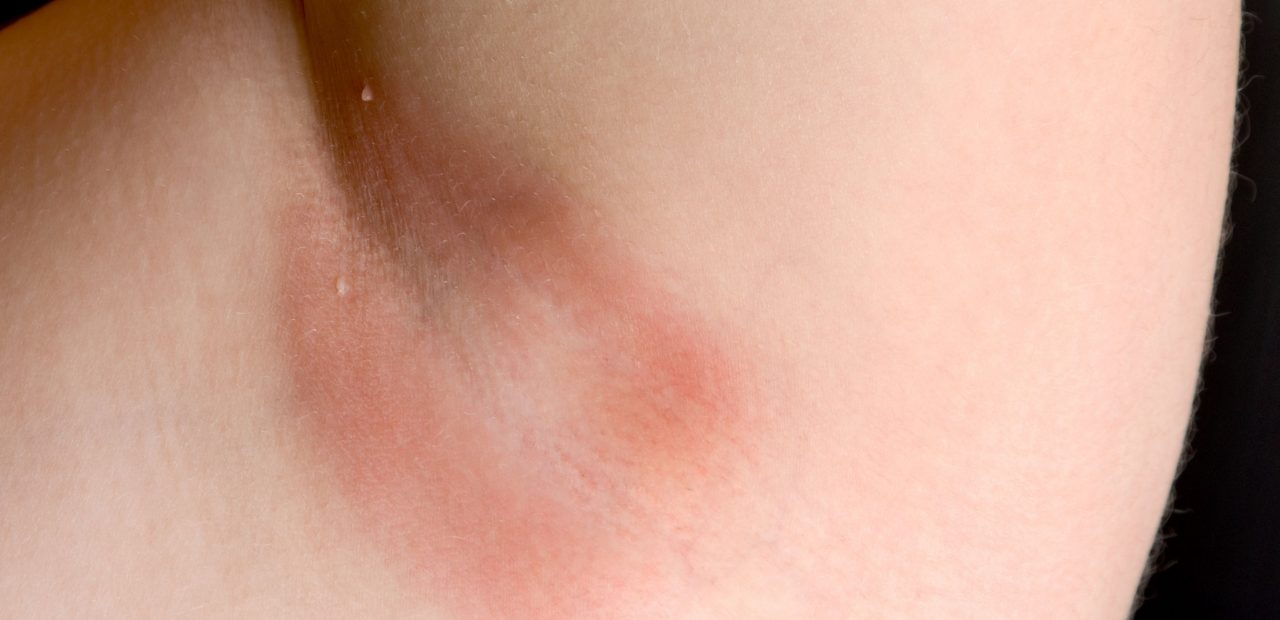Symptoms of Yeast Infection - Page 2

Vaginal yeast infection symptoms
The balance between yeast and bacteria in your genitals is affected by many things, such as the pH of your tissue, your hormones, or the composition of your vaginal flora.
Changes in these factors can alter the balance and cause yeast overgrowth. These changes can be caused by:
- Hormonal medication, such as birth control
- Hormonal changes, such as pregnancy or menstruation
- Use of antibiotics or steroids
- Vaginal douching or spraying
Vaginal yeast infections are not sexually transmitted infections. However, they are more common in women who are sexually active. Research has found that women who engage in oral-vaginal intercourse are more likely to develop yeast infections, but that penile-vaginal intercourse has little effect on yeast infections.
According to the Centers for Disease Control and Prevention, approximately 75 percent of women will experience a vaginal yeast infection in their lives, and 40 to 45 percent of women will experience more than one. Women with diabetes or compromised immune systems are more likely to develop yeast infections. Some research also indicates that your genetics may play a role in how susceptible you are to yeast infections.
Symptoms of yeast infection
The symptoms of yeast infection in the vagina include:
- Vaginal itching or soreness
- Pain or discomfort while urinating
- Pain during sexual intercourse
- Abnormal vaginal discharge, which may be thick and white or pale and watery
Severe infections can cause redness, swelling, and cracks in the vaginal walls.
The symptoms of yeast infection are similar to the symptoms of other vaginal infections. Because these conditions are treated with different medications, you will need to visit a doctor to receive a correct diagnosis and treatment plan.
Updated:
February 27, 2020
Reviewed By:
Janet O’Dell, RN